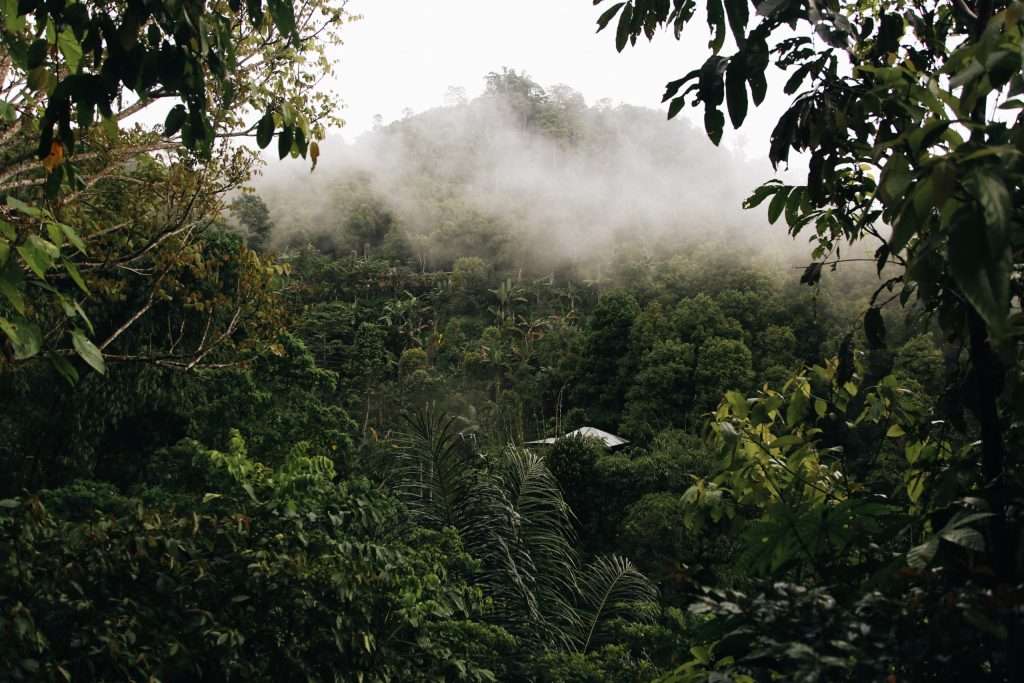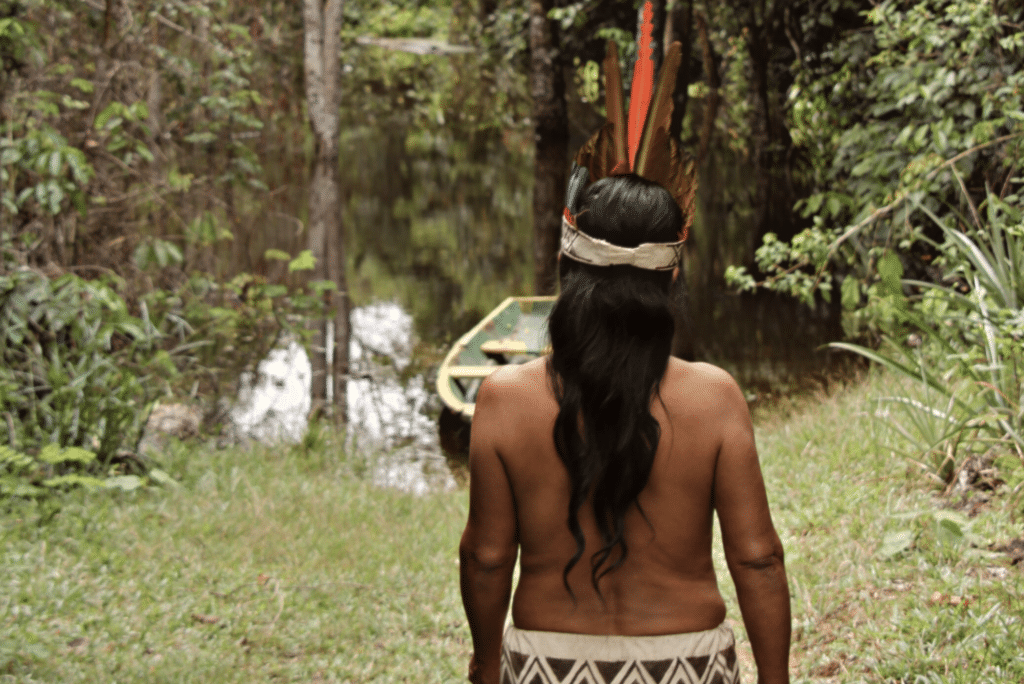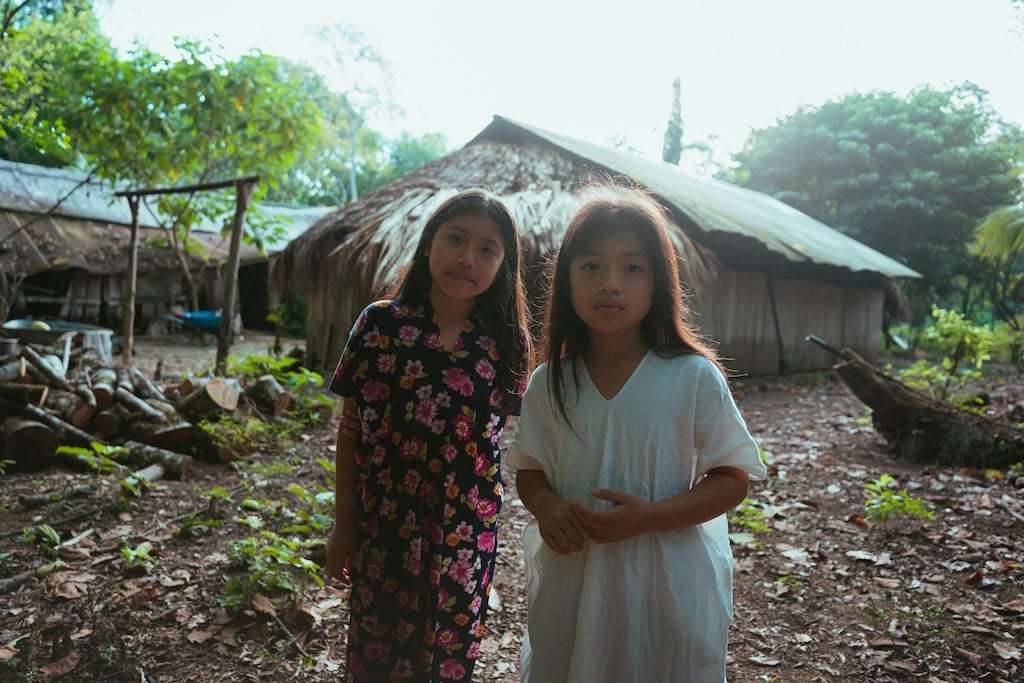A group of researchers have uncovered remains of ancient cities in Bolivia that have been hidden under the forest canopy for centuries. The lost cities may hold keys to how the Amazon and urban environments today can embrace nature and promote biodiversity.
The network of lost cities in Bolivia’s Llanos de Mojos savannah-forest was build by the Casarabe communities between 500-1400 AD, according to the researchers. They say the discovery is unlike any other, featuring “elaborate and intricate structures unlike any previously discovered in the region.”
The discovery features structures taller than 15 feet spanning across 22 hectares—about the same as 30 football pitches. They also discovered conical pyramids more than 60 feet tall.
The discovery contrasts previous views that Amazonia was largely undeveloped, a “pristine” landscape, they say. The findings, published in the journal Nature, show instead that the region was home to early Indigenous urbanism that thrived for thousands of years.
Finding the lost cities
The team used lidar technology, which is described as “lasers in the sky” to scan through the forest canopies from the sky.
“We long suspected that the most complex pre-Columbian societies in the whole basin developed in this part of the Bolivian Amazon, but evidence is concealed under the forest canopy and is hard to visit in person,” José Iriarte, professor at University of Exeter and co-author of the study, said in a statement.
“Our lidar system has revealed built terraces, straight causeways, enclosures with checkpoints, and water reservoirs. There are monumental structures are just a mile apart connected by 600 miles of canals long raised causeways connecting sites, reservoirs and lakes,” he said.

The study reveals that the Indigenous people managed forested landscapes and created urban landscapes “in tandem,” which provided evidence of “successful, sustainable subsistence strategies” and a “previously undiscovered cultural-ecological heritage,” according to the researchers.
The cities were constructed “employing successful sustainable subsistence strategies that promoted conservationism and maintained the rich biodiversity of the surrounding landscape,” the researchers said.
“These ancient cities were primary centres of a regional settlement network connected by still visible, straight causeways that radiate from these sites into the landscape for several kilometres. Access to the sites may have been restricted and controlled,” study co-author, Dr. Mark Robinson of the University of Exeter added.
“Our results put to rest arguments that western Amazonia was sparsely populated in pre-Hispanic times. The architectural layout of Casarabe culture large settlement sites indicates that the inhabitants of this region created a new social and public landscape,” Robinson said.
Amazon today
According to Iriarte, the discovery lends itself to conservation of the Amazon—a region facing critical challenges as industries including logging and agriculture continue to decimate large swaths of the largest tropical rainforest in the world. It’s seen unprecedented losses in recent years significant enough that experts now suggest it’s nearing a “turning point” where the forest could soon become a delta.
The Amazon provides much of the world’s oxygen and is still home to about 30 million people, including 350 Indigenous and ethnic groups, according to the World Wildlife Fund.
One of the biggest challenges in protecting the Amazon rainforest has been lax policies in Brazil, home to the largest section of the Amazon rainforest. But Brazilian President Jair Bolsonaro has signed a decree to tighten protections for the forest, according to Reuters.

A draft decree seen by the organization would increase fines for covering up illegal logging and enforce heavier consequences for repeat offenders. There would also be increased fines for unauthorized hunting, fishing, and pollution.
“Fines are very important for stopping deforestation, to scare off illegal deforesters … principally in the Amazon,” said Jose Sarney Filho, former environment minister from 2016 to 2018. “This new step discredited fines as a tool.”
The discovery also points to ways modern cities could adapt to the climate crisis and protect biodiversity—two critically intertwined issues.
“The scale, monumentality and labour involved in the construction of the civic-ceremonial architecture, water management infrastructure, and spatial extent of settlement dispersal, compare favourably to Andean cultures and are to a scale far beyond the sophisticated, interconnected settlements of Southern Amazonia,” Robinson said.


